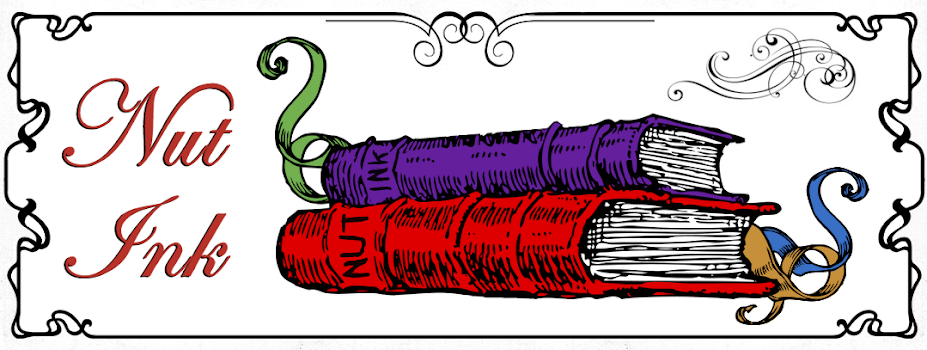“Then maybe this magical landscape mirrors the real world.”
“Perhaps that’s why it’s so awful.”
“Perhaps that’s why it’s so awful.”
The majority of the original League members have been killed off by the ravages of time. The few that remain have assembled a new collective to tackle new threats, one of which involves sleuthing up a magical cult on the basis of a premonitory dream. You’ll need to have read The Black Dossier to get the back-story of the new members. They aren't as alluring or as charismatic as the old team, but each brings something new to the table.
The number of literary references Moore slips into the first two parts threaten to overwhelm the plot. It was at an acceptable level in Volumes One and Two, and it felt at home as part of the Black Dossier's expositional text sections and documents of people the League were involved with, but he’s arguably gone overboard this time. If you’re not familiar with the characters he’s referring to, many of whom aren't in the public domain—forcing names to be modified, then you’ll be wondering who the hell that guy was and why was he there?
Book One takes place in the year 1910. It sets up the relationships of the new members, explores their validity and questions their necessity in an ever-changing world. Moore again uses the work to comment on the monstrous deeds that some humans thrive on. The violence, sexual and otherwise, is something he's explored before. Expect big ripples in the League’s little pond. As a standalone it’s less successful than the two that follow.
Book Two skips forward to 1969. London has embraced psychedelic drugs, and the music culture that sprang up around it. It's the perfect climate for a magical cult to exist in. Kevin O'Neill appears to having a blast on art duties. It takes twice as long to read a League book as any other because your attention is constantly drawn to background information and parodic in-jokes.
Book Three closes the story in 2009. It was my favourite. Moore streamlined it beautifully. Perhaps he'd exhausted his stock of extraneous allusions. I won't say anything more, but I don’t think any readers that have followed the League's adventures from the outset will be disappointed with the direction taken.
3½ eyeballs in your ankle out of 5
*EDIT: The three parts were collected in 2014 as one edition titled The League of Extraordinary Gentlemen, Volume 3: Century with new cover art.




